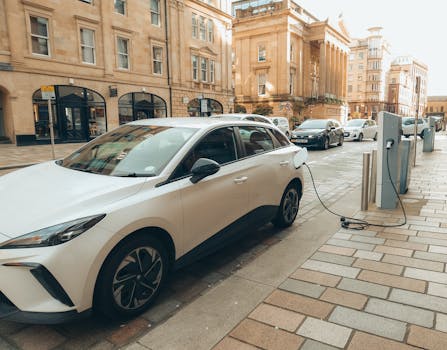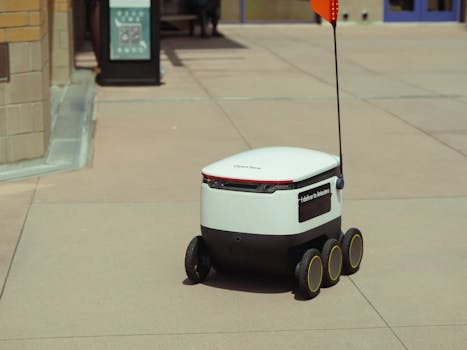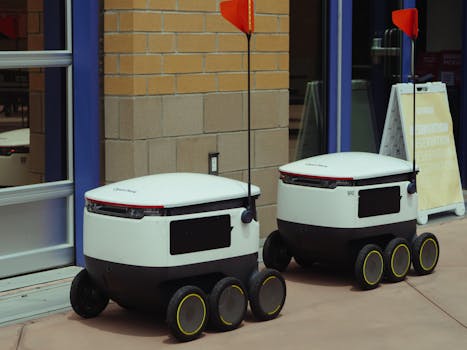
Smart Cities: Urban Trends for 2025
Smart Cities are revolutionizing the way we live, work, and interact with our environment. As we approach 2025, it’s essential to explore the latest urban trends that will shape the future of these intelligent cities. Smart Cities are at the forefront of innovation, incorporating cutting-edge technology to create sustainable, efficient, and livable spaces. In this article, we’ll delve into the top urban trends for 2025, highlighting the most significant advancements in Smart City development.
Section 1: Sustainable Energy and Environment

One of the primary focuses of Smart Cities is sustainability. As concern for the environment grows, cities are investing in renewable energy sources, such as solar and wind power, to reduce their carbon footprint. Smart Grids are being implemented to manage energy distribution, ensuring a stable and efficient supply of power. Additionally, cities are incorporating Green Infrastructure, like parks and green roofs, to mitigate the urban heat island effect and improve air quality.
Section 2: Innovative Transportation Systems

Smart Cities are transforming the way we move around. Electric Vehicles are becoming increasingly popular, with many cities investing in EV charging infrastructure. Autonomous Vehicles are also being tested, promising to revolutionize public transportation and reduce congestion. Furthermore, Smart Traffic Management systems are being implemented to optimize traffic flow, reducing travel times and decreasing air pollution.
Section 3: Urban Planning and Development

Smart Cities require careful planning to ensure that they are livable, sustainable, and efficient. Urban Planning is becoming more data-driven, using analytics and AI to optimize city design and development. Mixed-Use Development is also on the rise, combining residential, commercial, and recreational spaces to create vibrant, dynamic neighborhoods. Moreover, Public-Private Partnerships are being formed to fund and deliver Smart City projects, driving innovation and growth.
Section 4: Technology and Innovation

Technology is the backbone of Smart Cities, enabling the efficient management of resources, services, and infrastructure. IoT Sensors are being deployed to monitor and control various city systems, from energy and water to transportation and waste management. Artificial Intelligence is being used to analyze data, predict trends, and make informed decisions. Additionally, Blockchain is being explored for secure data storage and transfer, ensuring the integrity of Smart City systems.
Section 5: Conclusion and Future Outlook

In conclusion, Smart Cities are shaping the future of urban living, incorporating innovative technologies and sustainable practices to create efficient, livable, and thriving environments. As we look to 2025, it’s essential to continue investing in these urban trends, driving growth, innovation, and progress. The future of Smart Cities is bright, and it will be exciting to see how these intelligent cities evolve and transform the world.






